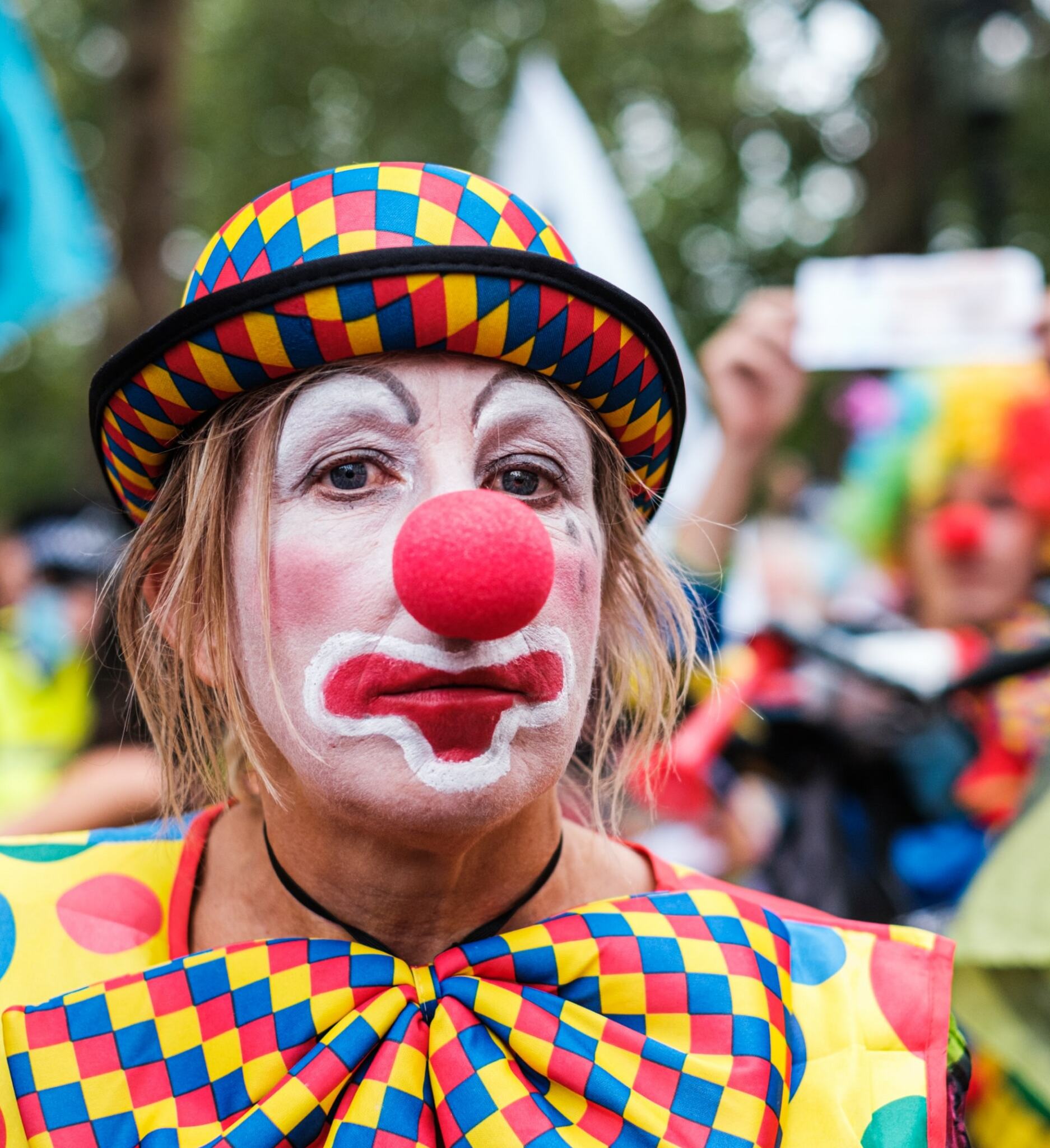The Buzz on All Occasion Performers
The Buzz on All Occasion Performers
Blog Article
5 Simple Techniques For All Occasion Performers
Table of ContentsSome Known Factual Statements About All Occasion Performers How All Occasion Performers can Save You Time, Stress, and Money.What Does All Occasion Performers Mean?The 5-Second Trick For All Occasion PerformersThe Definitive Guide for All Occasion Performers
Political cartoonist Thomas Nast based his drawings of Uncle Sam on Rice and his outfit. Dan Rice was an established animal instructor. He concentrated on pigs and mules, which he educated and sold to various other clowns. He also offered an act with an experienced rhinoceros and is the only individual in circus history to provide a tightrope strolling elephant.He was also a philanthropist who provided kindly to lots of charities and he erected the very first monolith to soldiers killed during the Civil Battle - Party clown. Beginnings of the Auguste characterThere is a commonly told tale concerning the beginnings of the Auguste clown. According to the legend, an American acrobat named Tom Belling was carrying out with a circus in Germany in 1869
The manager unexpectedly got in the room. Belling took off running, ending up in the circus field where he dropped over the ringcurb. In his embarrassment and rush to escape, he dropped over the ringcurb once more on his escape. The audience shouted, "auguste!" which is German for fool. The supervisor regulated that Belling continue looking like the Auguste.
How All Occasion Performers can Save You Time, Stress, and Money.
For one thing, words Auguste did not exist in the German language up until after the personality came to be prominent. One of the concepts of the actual beginning is that Belling duplicated the character from the R'izhii (Red Haired) clowns he saw when he explored Russia with a circus (https://myanimelist.net/profile/all0ccperf0rm). Personalities like the auguste absolutely existed formerly

The dance later ended up being recognized as faucet dancing. It should be kept in mind that there are alternate 'beginnings' for the tramp personality"among which was the taking a trip "hoe children," or travelling ranch workers, who rode the rails from one community to another, cleaning the residue far from their eyes & mouth.
Not known Incorrect Statements About All Occasion Performers
Note that the shock wig, exaggerated lips and eyes, oversized clothes and props of the American clown, props such a sparkling water, packed clubs, blowing up stogies, and whistles filled up with soot, are not Grimaldi's. They belong to Tambo and Bones. The English blackface comedian Charles Mathews involved America in 1822 to execute and researched black life and personalizeds.
In such plays there is a collection of characters including "kings" and "saints", cross-dressing, and blackface roles; the faces of Morris (or "Moorish") dancers were also smudged. The majority of were carried out by inadequate men in the hungry time after Christmas.
If rejected, they would certainly plow the transgressor's yard. The Derby Play of the Tup was performed for food and beer by out of work young people. This use of blackface for political action camouflaged as amusement continued America when the descendants of these men smudged their faces to protest tax obligations. One such objection has gone into American background as the Boston Tea Ceremony.
A Biased View of All Occasion Performers

While not the lavish events we believe of today, some early, rougher types of traveling circus were popular in America from Revolutionary times-- George Washington was a follower. Blackface clowns done in them from at the very least the 1810s and maybe prior to; they were a staple by the 1820s. The large red or white mouth painted on by modern clowns is a remnant of the blackface mask.
In numerous aspects minstrelsy was born when these performers relocated their acts from the tent to the see it here phase of American variety cinemas. There was a strong aspect of clowning in minstrelsy. The blackface mask was a clown's disguise, overemphasizing the facial attributes right into a cartoon, a caricature. The blackface clown may be the forerunner these days's anodyne circus clown, yet otherwise both are as contrary as blackface and whiteface.
8 Simple Techniques For All Occasion Performers
That in nineteenth-century America was even more of an Other than the ? What better mask than blackface? In lots of customs the clown would show some physical defect, like a hunchback, dwarfism-- or like Jim Crow, lameness - Jugglers near me. And due to the fact that he was different, an Others, the clown was permitted to say and do points no one else could.
Witticism and parody were main to minstrelsy. It's interesting that in the West African societies where most slaves came, the poet-singer griot offered the same satirical jester feature when the occasion developed. That may have something to do with the curious (to us, recalling) convenience with which Southern Blacks accepted not just the songs but also the undermining wit of minstrelsy.
Emmett Kelly was the ideal known tramp clown with his character "Weary Willie."Vagrant clowns are experienced: + jugglers + illusionists + pianists + chalk talk artist + cyclists.
Report this page